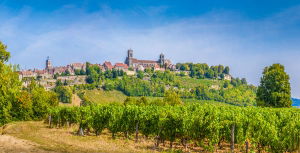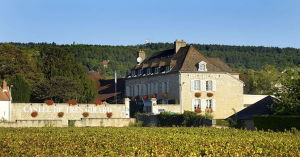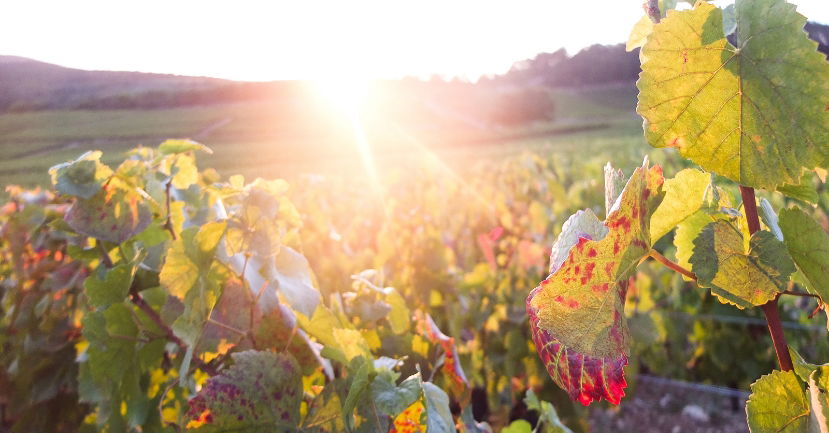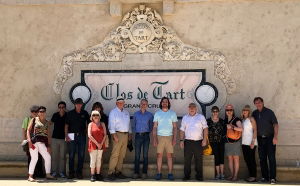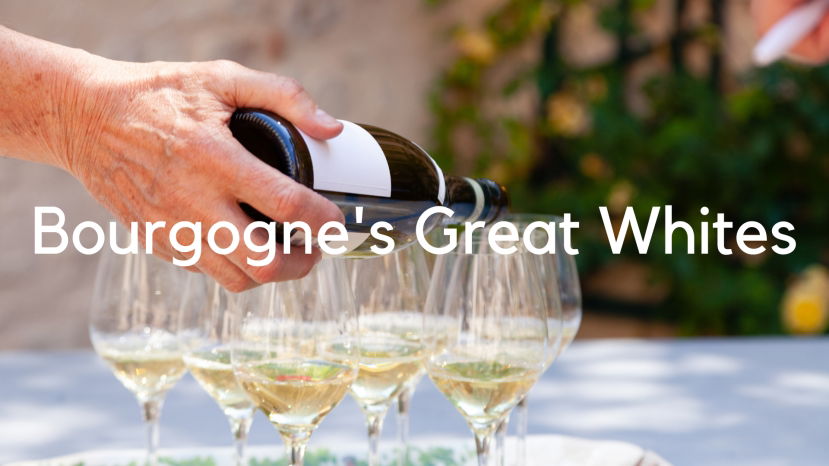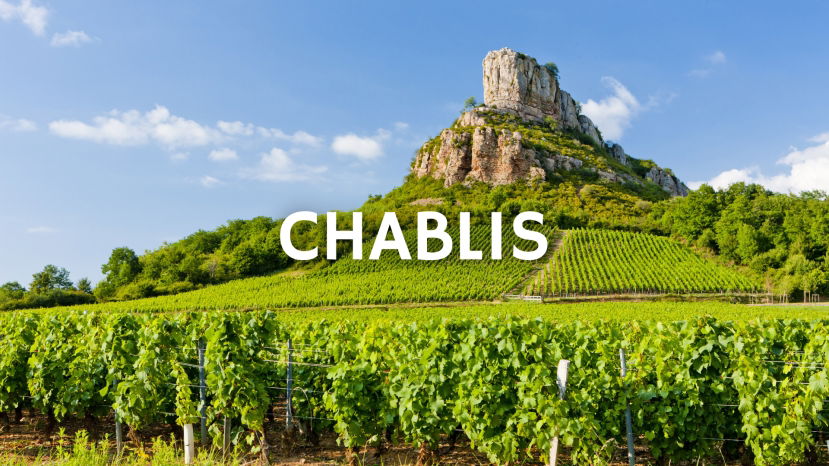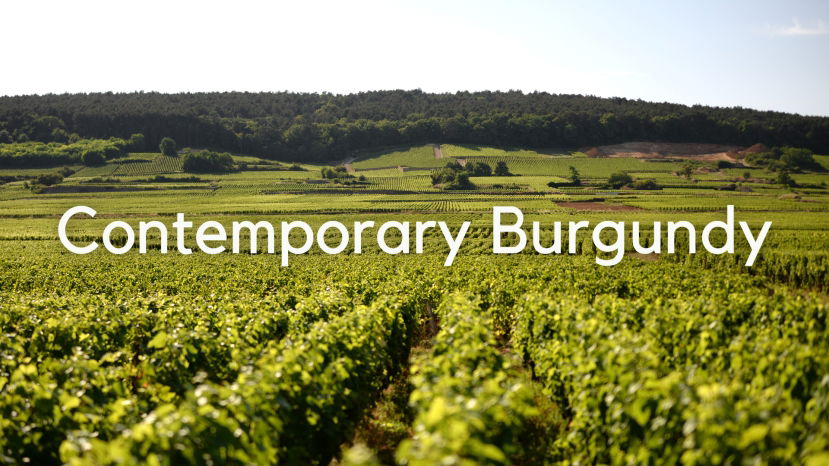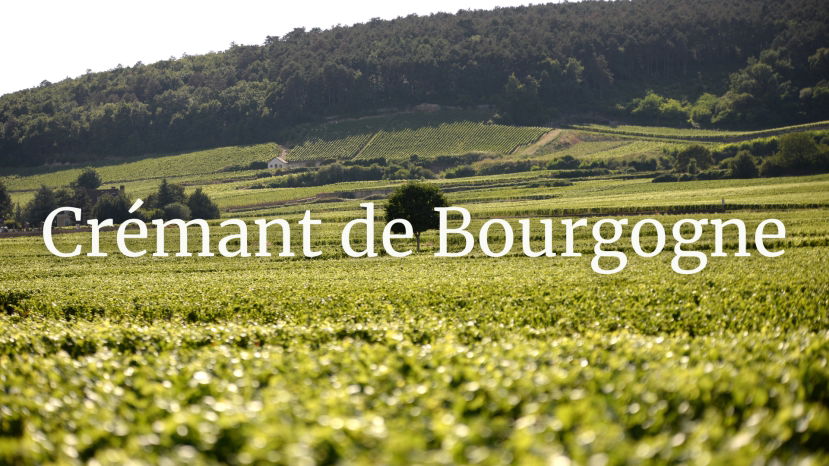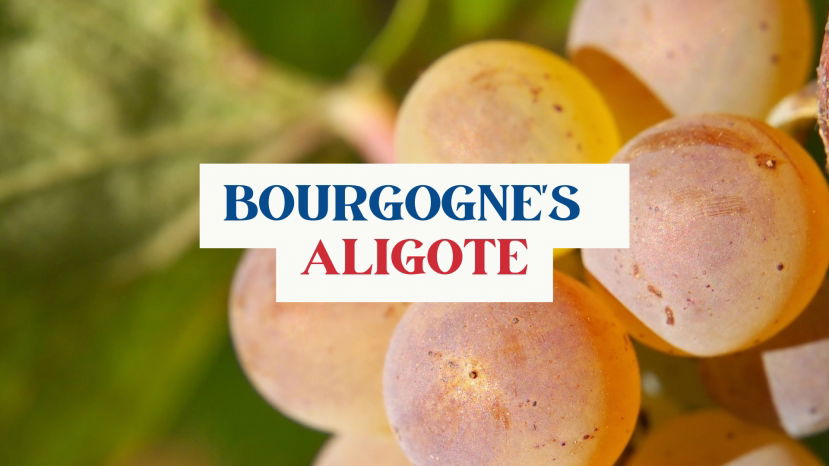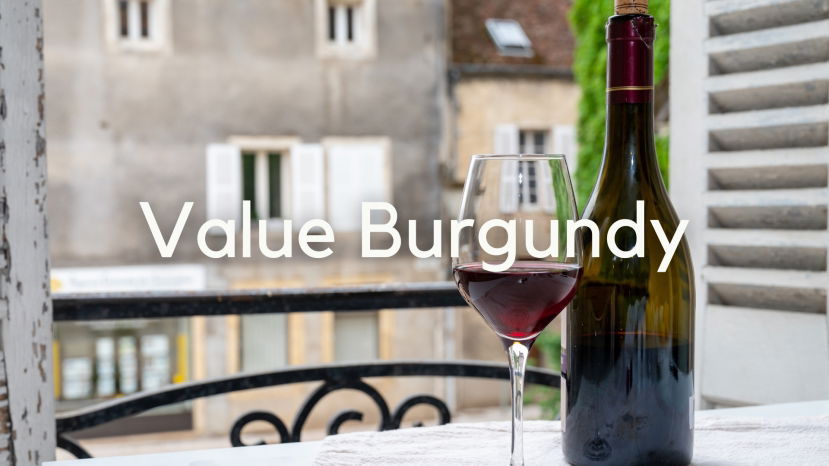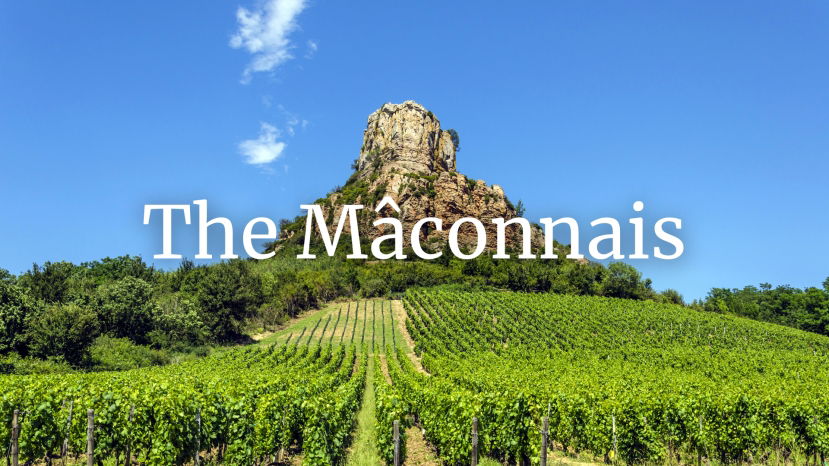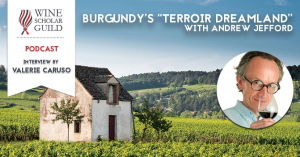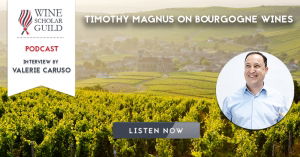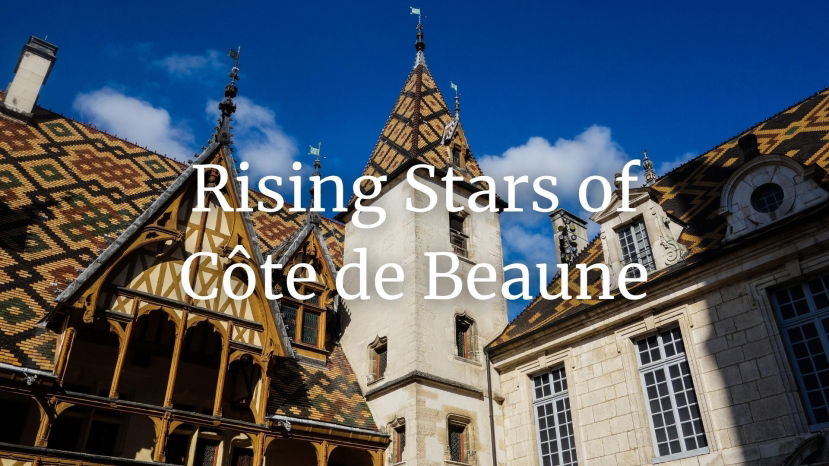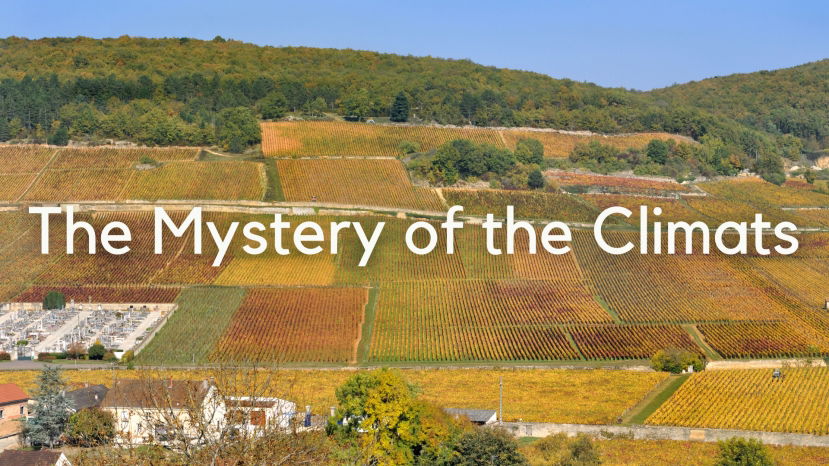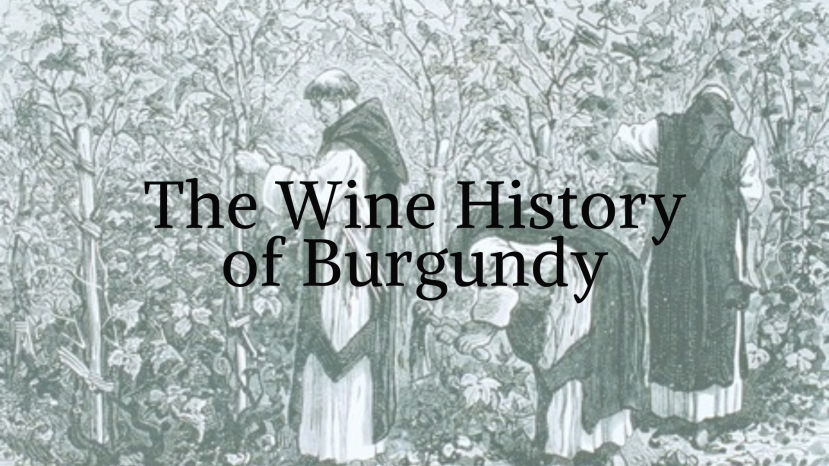BLOG
bourgogne wine
Bourgogne has applied some new math to count its AOCs. They have shed their claim to 100 AOCs and reorganized their appellations to fit within a count of 84.
Everyone loves an underdog. And when the underdog emerges, bruised and battered but nonetheless victorious, these triumphs become powerfully motivational. Take the 2004 UEFA Cup Final, for example. Greece, one of this soccer tournament’s less-favoured teams, faced off against much-fancied hosts Portugal in Lisbon – and won. The victory of the team of ‘Greek Gods’ (as the newspapers soon named them) filled countless sport enthusiasts, myself included, with sentiments of hope and optimism.
Burgundy is a very dynamic region in a constant state of flux. On one hand it’s a region deeply rooted in tradition. Just take a look at the Fête de la Saint-Vincent tournante – a festival celebrating the patron saint of winemakers – and you clearly see that this is a region with one foot in the past. On the other hand...
One of the most significant trends happening in Bourgogne today, is a movement towards sustainable, organic and biodynamic viticulture. Due to the warming of temperatures, increase in sunlight and shift in rainy season, there has been less vineyard mildew pressure, drier soil and earlier harvests. This change in climate, combined with the desire for a more ecologically sustainable growing model by Bourgogne producers, has led to the recent trend towards Green Farming.
I am pleased to share my Burgundy wine tour experience with the Wine Scholar Guild, as it was the trip of a lifetime. My wife and I arrived a couple of days early and enjoyed fine wine and dining in Paris before our quick train trip over to Beaune (via Dijon). We spent Sunday on our own, touring the Hospices de Beaune, wandering the city streets and having a lovely dinner.
Summary: The wines and terroirs from Meursault, Puligny-Montrachet, Chassagne-Montrachet are some of Bourgognes most legendary. But what are their similarities and differences? This WSG Live will explore some of the nuances between Bourgognes most renowned Chardonnay villages to help students better navigate between the three in terms of personality, wine style and terroir. Presenter: Robin Kick MW Originally from the Chicago area, Robin is a Master of
Summary: Chablis is very much its own place, part of Burgundy but in some ways quite different. Once frost protection methods were developed, previously precarious viticulture finally became viable. Chablis is now in the capable hands of a bright younger generation, inspiring a gentle evolution in their vineyard and cellars. Let us hope that climate change will not affect the unique style of the world’s most famous Chardonnay. Presenter:
Summary: Bourgogne is a region full of contrast. Many villages produce wines completely different neighbouring villages due to differences in geology, exposition and microclimate. There are many examples to be found – Puligny-Montrachet/Meursault & Volnay/Pommard are great examples. In the Côte de Nuits, the great communes of Chambolle-Musigny & Morey-St-Denis are another example of this fascinating contrast.
Presenter: Born and raised in Philadelphia, Pennsylvania. Practised law in Washington DC following graduation from university and law school. Taught law at Georgetown University and then both at Moscow State University and the Institute of State and Law (Tbilisi, Georgie) as a Fulbright Scholar. Additional time served at Yale Law School, Moscow and St Petersburg resulted in a doctorate in law, after which I decided life was too short to be consigned to a life of vodka,
Summary: Crémant de Bourgogne is the 3rd largest AOC in volume in Bourgogne after Chablis and Mâcon AOCs, comprising around 11% of the region’s wines. While it is generally considered a ‘modest appellation’, it was not always as such. Bourgogne’s ‘mousseux’ wines were amongst the most prized and sought-after in the region in the 19th century and the beginning of the 20th. This webinar
Summary: Aligoté has been getting increasingly more attention in the last 10 years or so in Bourgogne by producers and drinkers alike due to a combination of factors, including climate change and massale selections. This webinar will focus on Bourgogne’s ‘Second White Grape’ by delving into its history, attributes, viticulture, winemaking, appellations and producers
Summary: Over the years I’ve had many discussions with people who insist that there’s little good value to be found in Burgundy. While I’d be the first to admit that the big names like Roumier & Rousseau are wildly overpriced, largely due to the speculation on the secondary market, I’ll never admit there’s not great value to be found if time and energy are invested searching for it.
In 2024 Wine Scholar Guild proudly announced the Albert Sheen Memorial Scholarship in memory of our dear friend and dedicated wine traveler, Albert Sheen. The scholarship application invited applicants to discuss the challenges of climate change in Bourgogne. We received a number of truly exceptional submissions and thank all our participants for their in-depth essays and perspectives. The selection committee has selected Marek Zelewski and is pleased to share his winning essay below. Marek has been awarded a seat on our upcoming Bourgogne Masters Immersion taking place in May 2024. Albert would have been honored to witness the positive energy and enthusiasm that this scholarship has ignited. A medium-acidity, off-dry, full-bodied white with aromas of baked yellow apple, starfruit, mango and ripe pineapple, pronounced notes of lemon curd, vanilla and pie crust, paired with elevated alcohol lingering on the palate. While it sounds delicious if one’s looking for a fun wine substitute for a tiki cocktail, hardly anybody would place this Chardonnay on the map anywhere close to Burgundy. However, given the predicted increase in its average temperatures (1), fast forward to 2050 and it could well be a glass of Mâconnais. While certainly not great for those taking blind-testing exams, the consequences of climate change for the French wine industry will be way more far-reaching.
Summary: The Mâconnais is the most southerly area of Bourgogne before one reaches Beaujolais and the Rhône Valley. The area produces some of the greatest value Chardonnay wines in the world but has long been overlooked with much more attention being lavished on its more prestigious northern neighbours in the Côte d’Or. With increasing prices and demand for the best white wines of the Côte d’Or and the elevation of 22
Decanter’s Andrew Jefford talks with us about Burgundy’s “Terroir Dreamland” or the Côte d’Or.
Timothy Magnus, of Magnus Vinum in Zurich, is a Bourgogne Wines Official Ambassador, a Weinakademiker, and holds the WSET Diploma in Wine & Spirits. He will be teaching the Wine Scholar Guild’s first ever Master-Level Intensive in Beaune in May 2020.
Summary: Burgundy is a wine region that is constantly changing and developing in the pursuit of higher quality. The current generation of vignerons are much more open to new ideas than previous generations and are well travelled and taste widely, not just Burgundy wines but benchmark wines from around the world. This combined with increasingly high prices for top appellations has
Summary: The 1,247 climats of Bourgogne were recognized as UNESCO World Heritage Sites in 2015, a well-deserved honor! In fact, there is no better illustration of the concept of terroir than its pure expression through the climats of Bourgogne. But wait... what is a climat? How is a climat different from a lieu-dit? This lecture will define the concept, evolution, and name origins of the climats, and explore the 2,000-year-old creative collaboration between nature and
Summary: The history of Bourgogne wines is the story of a very specific collaboration, which defines the concept of Terroir. Join wine historian and Official Bourgogne Ambassador, Tanya Morning Star Darling to explore the Bourgogne region from the ancient, and dramatic geological events which created the soils, and Côtes, to the Romans, the Church, the Dukes, Napoleon, to the thousands of growers and producers that make up the diverse mosaic of wines that is Bourgogne.

